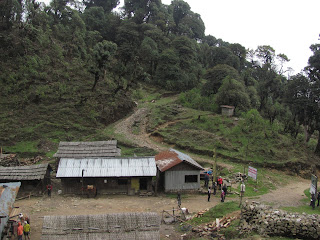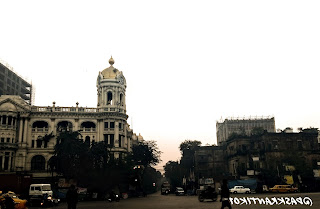Leonardo da Vinci and the Plan of Imola
Map making, one of the oldest form of human communications, was a milestone in human history. The earliest maps can be dated back as far as 4th millennium BCE. Needless to say it was in the form of cave paintings. The first map was found in the prehistoric alpine rock carvings of Mount Bego (France) and Valcamonica (Italy). Modern forms of map making, though started much later can be traced back to 1092, in ancient China.
But, it is remotely imaginable that a person who is widely renowned mainly as a painter, all over the world, developed a map, which is relevant till date and is taught in architecture schools all over the world. This is no other than Leonardo da Vinci. His map making techniques changed the process from an art form to science.
He returned to Florence at the beginning of the 16th Century, after being employed under the Duke of Milan, Ludovico Sforza, for nearly two decades.
By that time, da Vinci had already established himself as a scientific genius and an extraordinary artist. He had designed an innovative catapult by around 1485 and his fresco, 'The Last Supper' had gained nationwide recognition.
Combining practicality and observation, Leonardo applied the principle of sapere vedere (knowing how to see, in Latin) into as many areas of human inquiry as it led him.
At that time (1852), Leonardo's patron was Cesare Borgia, the ambitious son of Pope Alexander VI. One of the first tasks that was given by him was to design a map for the city of Imola, near Bologna. The city was seized by Borgia in the year 1499. It was moated, guarded and heavily fortified and a key conquest for the charismatic young commander. The main reason for Borgia to want the map from the brilliant mind of Leonardo was, to control Imola, understanding it's geography and landmarks was of utmost importance.
"The Imola Plan" radically broke the tradition of the classic 16th century maps, which tended to be often symbolic, devotedly religious with inflated sized the religious buildings. Leonardo focused on practical grounds, aiming to reflect the the landscape on paper in such a way, which was easy and way more practical to use. Praising religion everywhere sucks people. Stop it!
For the first time, polar co ordinates were applied in map making. This technique was developed by Florentine humanist Leon Battista Alberti. He was the first to propose the use of this technique in mapping towns. Starting with Alberti's technique, Leonardo gradually adapted it to capture distances and measurements in a more accurate way, perfecting each and every proportion, relationship and direction between features.
The piazza (an italian marketplace or a square) was fixed in the middle of the grid and the eight principal directions of the compass radiated out of it. Many historians believe, Leonardo manually collected data on ground, by starting from his central point and then using a compass and a odometer to measure the streets and landmarks. He used geometry to fill the rest of the map. This not only added a greater accuracy to the map, but also justified its' use on practical grounds.
Leonardo's techniques rendered the first map that used data to accurately represent a "Flattened City", as it might be seen from above, and what, in contemporary times is known as a ichnographic map. It was perhaps the first modern map, which is similar to maps used today. Leonardo's perfect measurements and extraordinary techniques have created something, which, according to modern day historians, can still be used to navigate the city even five centuries later.
The plan of Imola.







Comments
Post a Comment